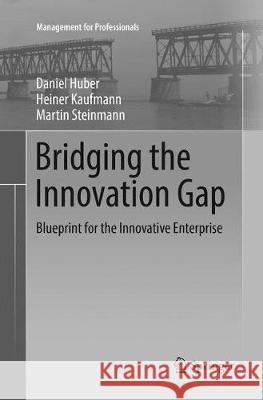Bridging the Innovation Gap: Blueprint for the Innovative Enterprise » książka
topmenu
Bridging the Innovation Gap: Blueprint for the Innovative Enterprise
ISBN-13: 9783319856773 / Angielski / Miękka / 2018 / 182 str.
Bridging the Innovation Gap: Blueprint for the Innovative Enterprise
ISBN-13: 9783319856773 / Angielski / Miękka / 2018 / 182 str.
cena 281,76
(netto: 268,34 VAT: 5%)
Najniższa cena z 30 dni: 269,85
(netto: 268,34 VAT: 5%)
Najniższa cena z 30 dni: 269,85
Termin realizacji zamówienia:
ok. 22 dni roboczych
Bez gwarancji dostawy przed świętami
ok. 22 dni roboczych
Bez gwarancji dostawy przed świętami
Darmowa dostawa!
Kategorie:
Kategorie BISAC:
Wydawca:
Springer
Seria wydawnicza:
Język:
Angielski
ISBN-13:
9783319856773
Rok wydania:
2018
Wydanie:
Softcover Repri
Ilość stron:
182
Waga:
0.29 kg
Wymiary:
23.39 x 15.6 x 1.12
Oprawa:
Miękka
Wolumenów:
01
Dodatkowe informacje:
Wydanie ilustrowane











